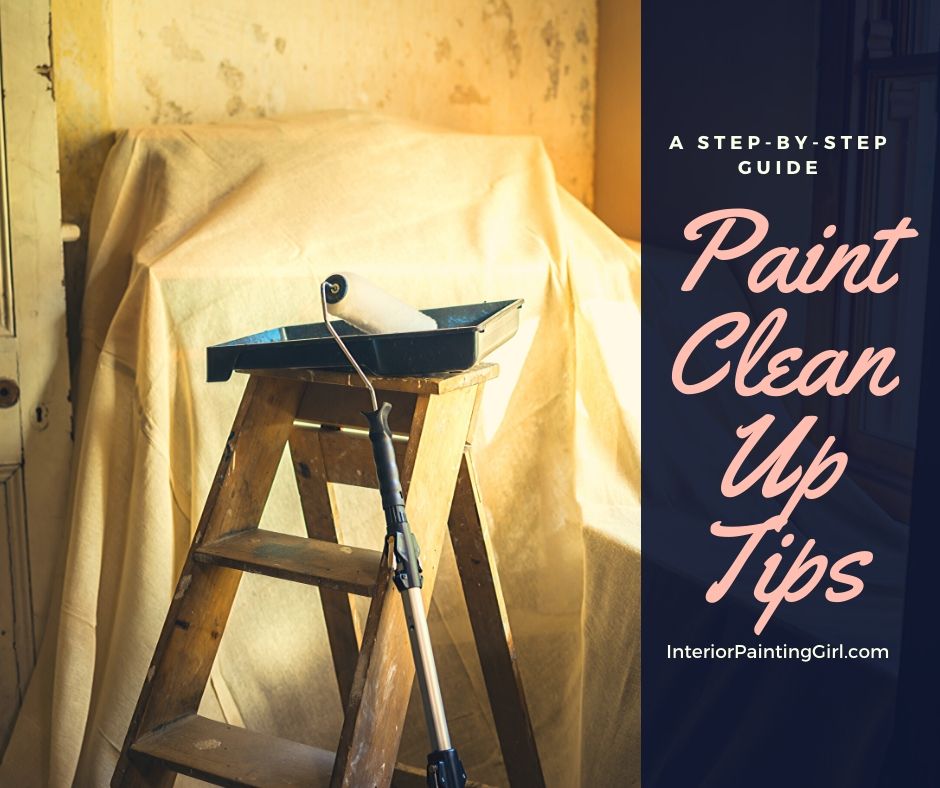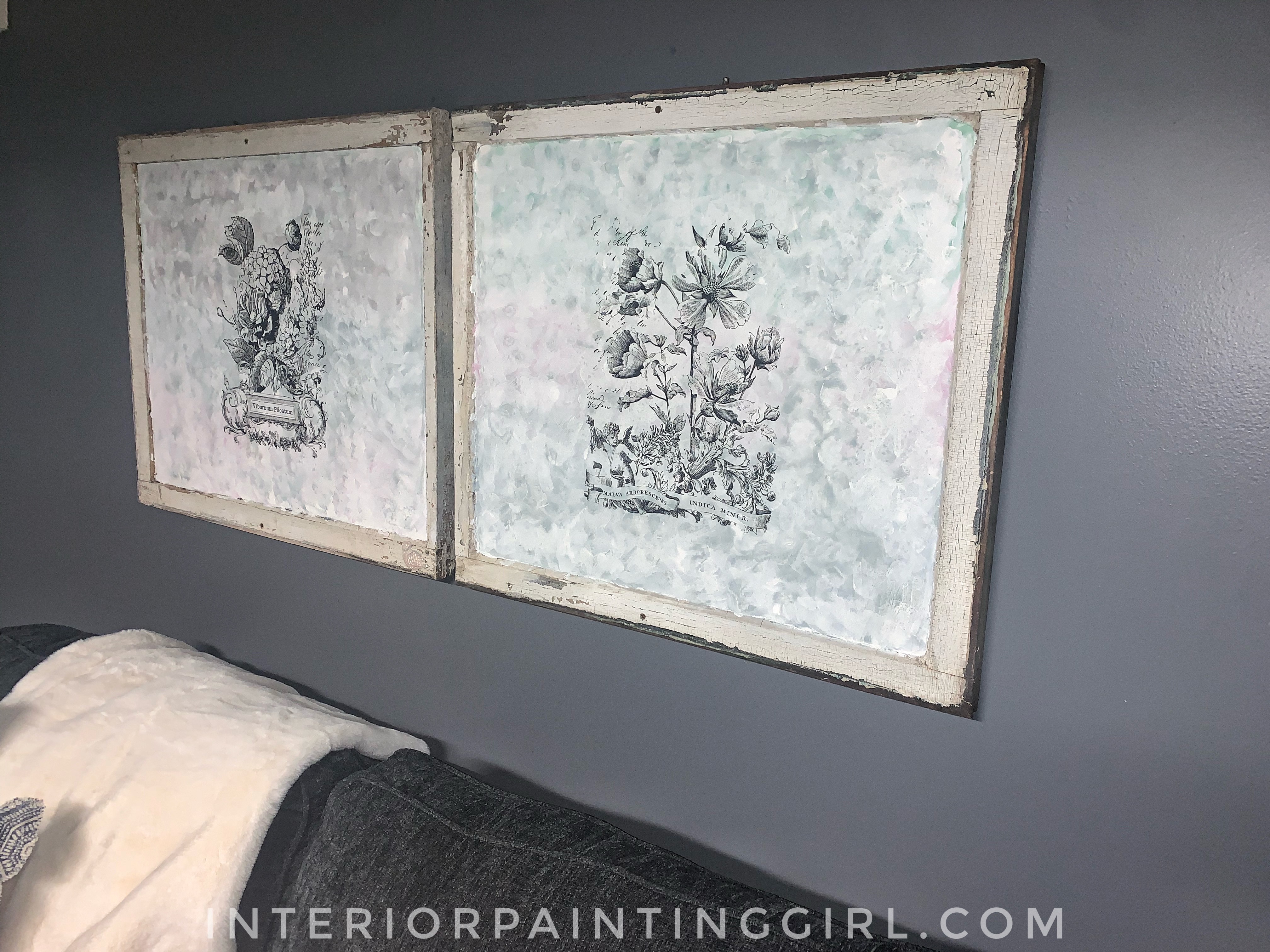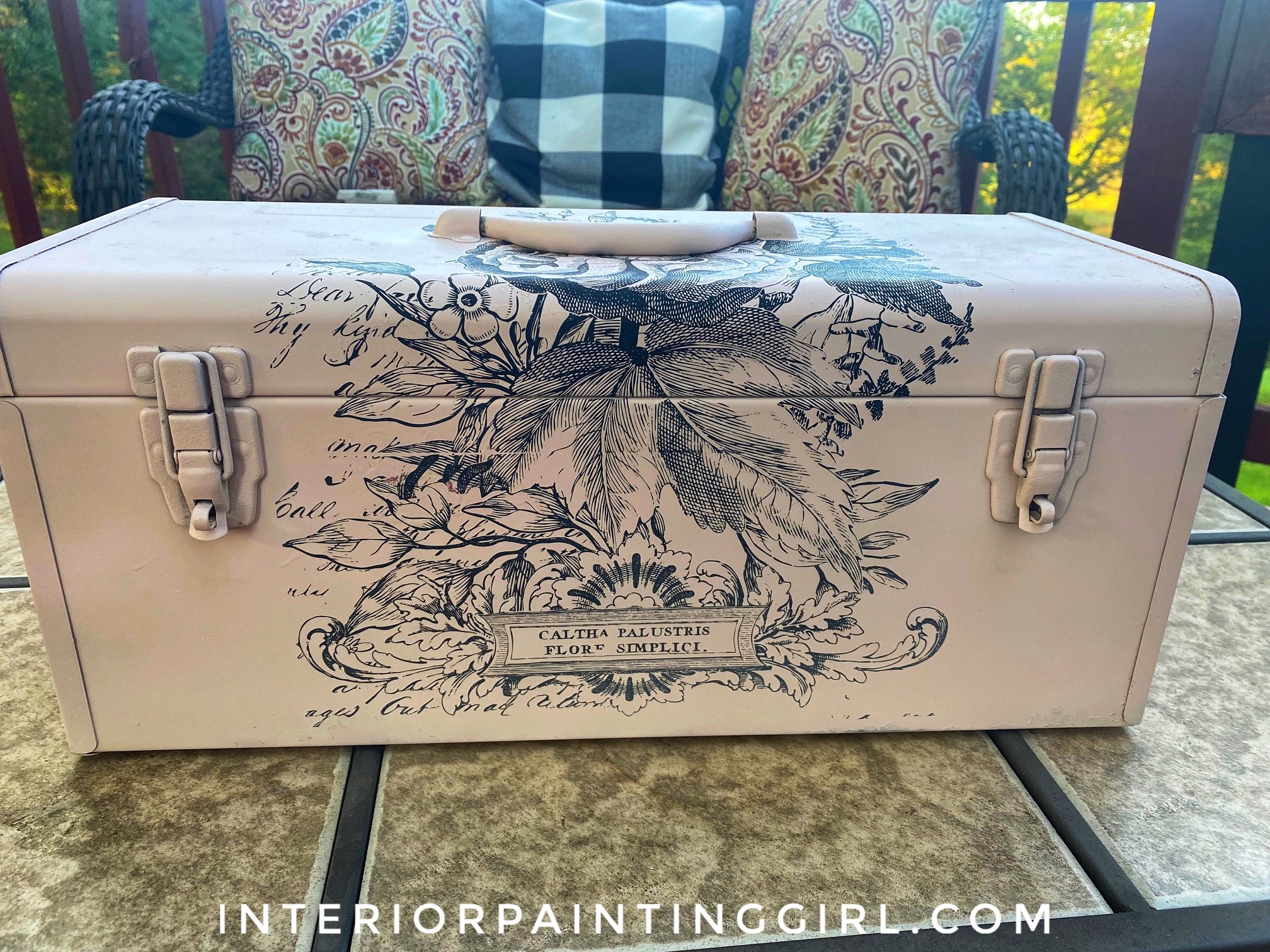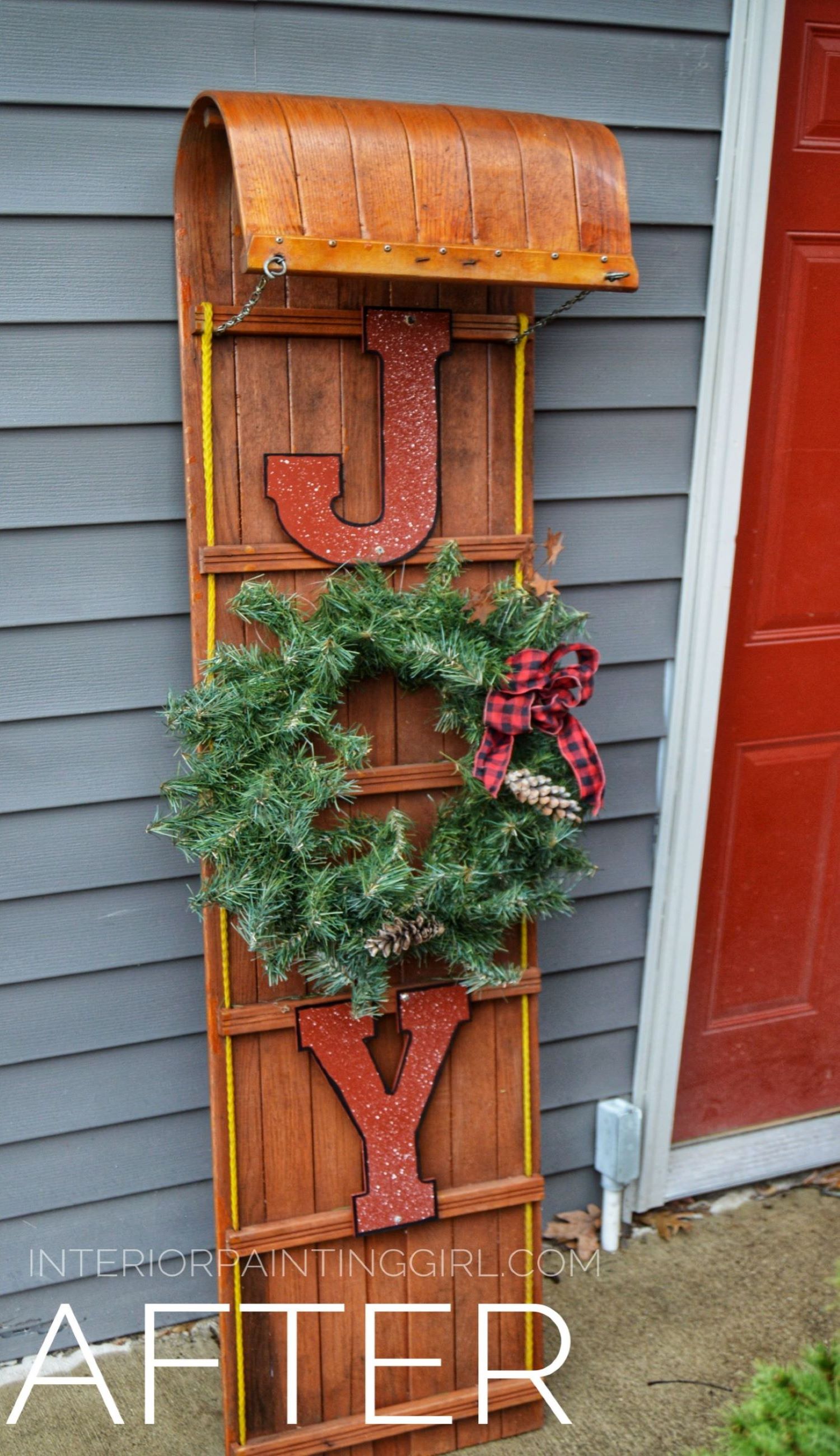Interior Paint Clean Up Tips
If you followed my advice and purchased quality paint tools then you’re going to need some paint clean up tips. What do you do with all those paint saturated rollers, brushes, and associated tools?
Personally, this is one of my biggest challenges. By the end of a job you’re tired and the thought of cleaning up seems daunting.
You’ll be tempted to just throw everything away but there’s no need. Quality paint tools aren’t intended to be disposable.
Here are some simple paint clean up tips to protect your investment and keep your paint tools in great shape for your next project.
Please keep in mind these are instructions for water-based or latex paints. Oil-based paints, stains, and primers require different steps.
Because the steps are slightly different for each, I’ve broken the paint clean up pages into a few different instructional pages.
Here is the page with my step-by-step instructions on how to clean paint brushes.
The steps for how to clean paint rollers (covers and cages) are a bit different.
Paint Clean Up Tip 1: Keep It Wet
The key to easy paint clean up of tools and supplies is to “keep it wet”. Dried latex paint can be difficult to remove, especially on porous surfaces. Wet water-based paint will rinse easily with warm water and soap.
That means you will save time and effort by cleaning up directly after you finish painting.
If for some reason that isn’t possible and you cannot clean right away, wrap your paint tools in plastic wrap or tin foil to keep them from drying out until you can clean them.
Warm or hot water can help to soften partially-dried paint, but be sure to use a strainer in your drain to catch these chunks and keep them from potentially restricting your pipes.
Tip 2 : Use Soap & Hot Water
Aside from keeping your paint wet, using hot water whenever possible is far more effective in softening and dissolving water-based paints during paint clean up than cold water.
Small amounts of dish soap also help to grab paint particles and rinse them free of the bristles or surfaces you're trying to clean.
Tip 3 : Consider Tray Liners
Paint trays are the pans that hold paint for your rollers or brushes, usually with ridges along the base. These are a breeze to clean up, especially if you get disposable tray liners.
Tray liners are sold separately but are a huge time saver. These are thin plastic inserts that are easily removed and disposed of after each project.
Even the tray liners are easily washable. If you choose to keep and reuse the liners, empty leftover contents of paint into paint can or and rinse clean with warm, soapy water.
Tip: As an alternative to plastic tray liners, you could also use aluminum foil in the same way to line the tray and at the end throw away just the foil.
Tip 4 : Scrape Dried Paint
If you have spots or splatters of dried paint on a flat surface that has dried, these can usually be removed easily with the scraper or flat edge.
Depending on the surface you are cleaning, you will want to be cautious about using any scraper that would damage the surface. Metal scrapers on a marble surface or soft wood surface are not advised.
Plastic scrapers or other soft materials can be just as effective at breaking the bond between paint and a surface.
The more porous the surface, the less likely the dried paint is to scrape away cleanly.
Tip 5 : Mild Solvents
There are a number of mild household paint clean up solvents that can work well at softening or removing dried water-based paints or paint color stains.
Standard rubbing alcohol works well to soften and dissolve the bond between paint and a surface. It may need to be left on the surface for several minutes to begin to dissolve the bonds.
The best way to do this is to soak a small sponge or cotton swab in alcohol and let it rest on the paint to be removed until it softens.
Rubbing alcohol can damage some surfaces or finishes, so be sure to test the solvent on an unobtrusive area of the surface before using it.



